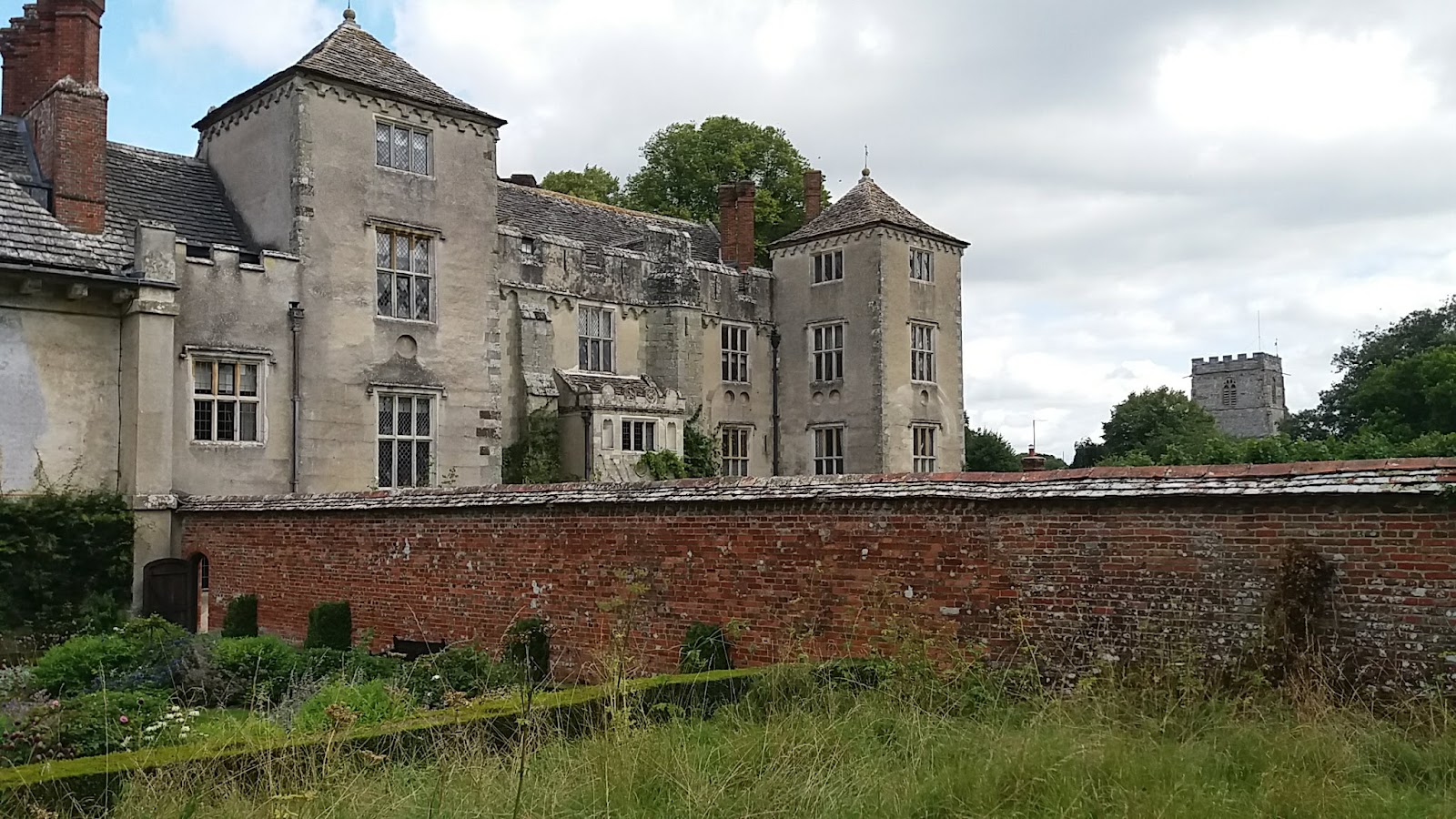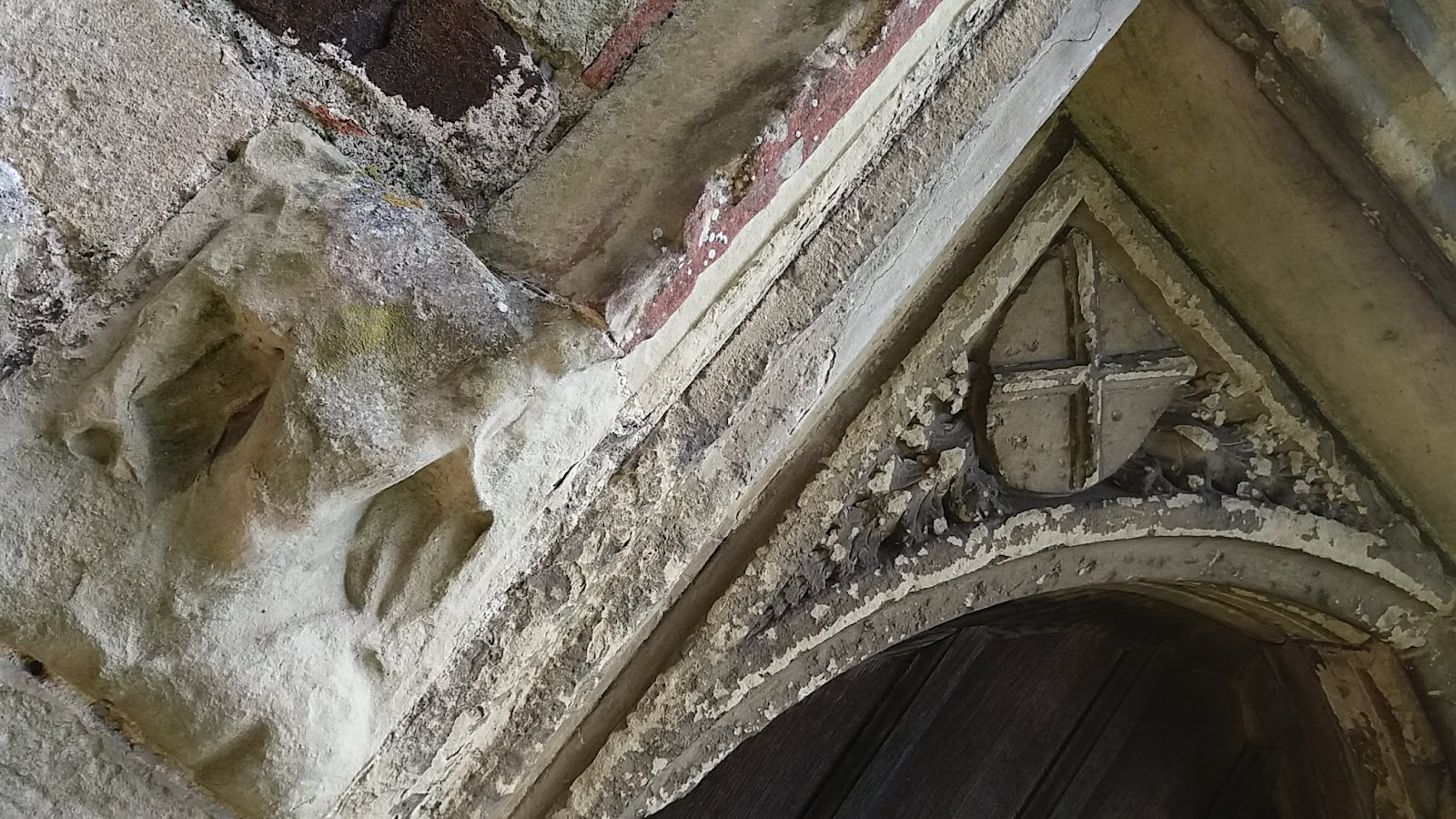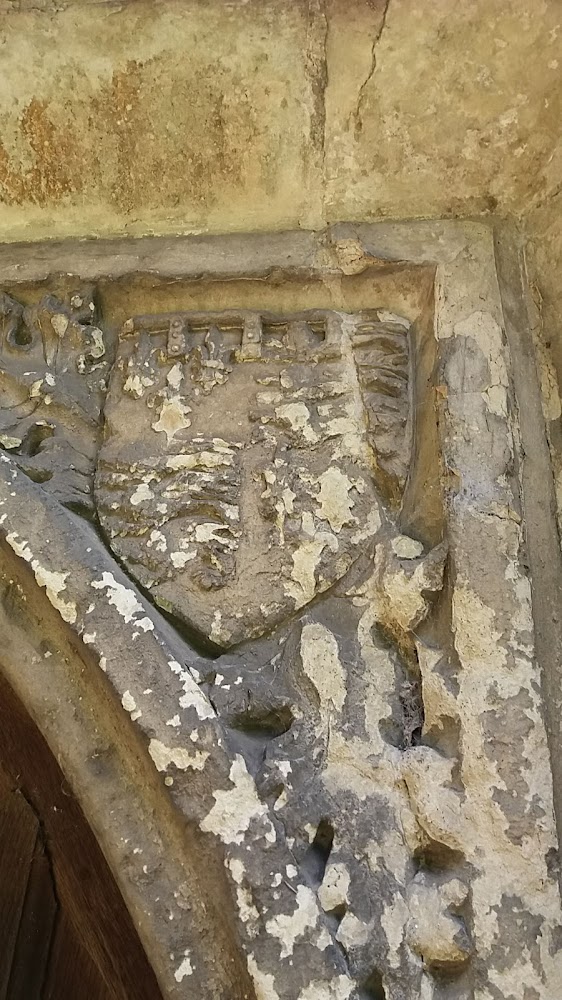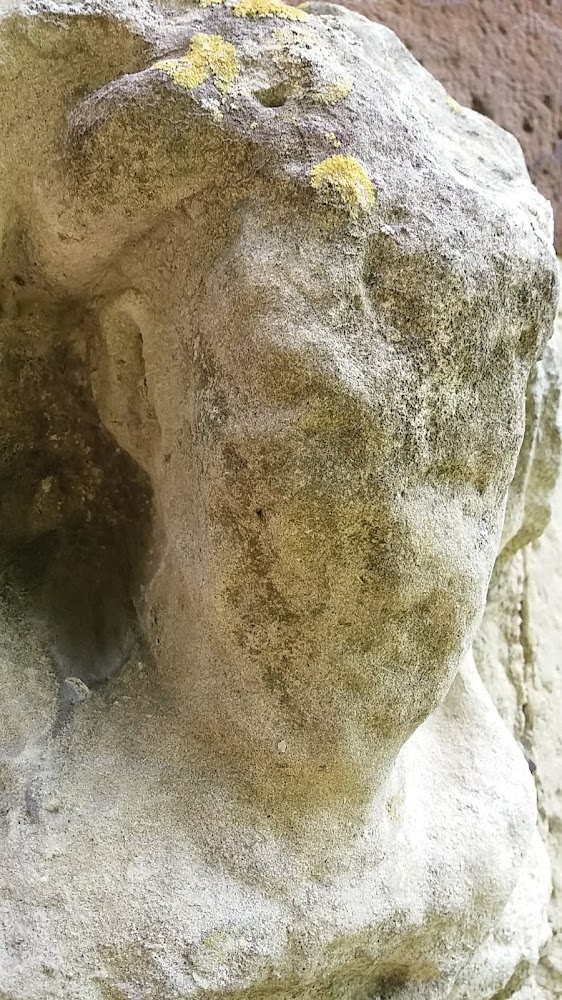Cranborne is a little village tucked away in the Dorset countryside. The roads leading to it are small and narrow, with very high hedges, and driving there can be a bit of a nightmare if you should meet up with a farm vehicle or delivery lorry (frequent)! However, it seems to have been heavily visited in the Middle Ages and a place of some importance.
The village is centred around Cranborne Manor, the grounds of which are open every Wednesday in summer. The manor had its origins as a hunting lodge for King John in 1207 and was built by his chief forester, Ralph Neville. It was part of Cranbourne Chase, the lordship of which was originally John‘s through his first marriage to a lady known at various times as Isabel(la), Avise/a or Hadwisa!) When the marriage was annulled Cranborne went to both her subsequentIsabella husbands, Geoffrey de Mandeville and Hubert De Burgh. As there were no children from either marriage, the lands were then inherited by one of of Isabella’s nephews, Almeric de Evreux and then Gilbert De Clare, yet another nephew. Through this line, it eventually passed to Philippa, wife of Edmund Mortimer, Earl of March, to his son Roger then to Anne Mortimer, the wife of Richard of Cambridge. Her son was, of course, Richard Duke of York, father of Edward IV and Richard III. Upon his death it passed to the crown and remained so until 1616. It has been added to and remodelled many times but still retains a medieval core.
It is not just the manor house that is of interest, however. The parish church, dedicated to St Mary and St Bartholomew, was once part of a priory that stood next to the manor house. It has some well-preserved 14thc wall paintings inside, but it is the carvings on the outside door below the tower that are of particular interest. In 1440, Richard Duke of York and his wife Cecily paid for the rebuilding of the church tower. Their faces, much eroded, still exist on the arch as do their coats of arms. It is surprising and a little sad that so few know about these very rare stone carvings of the ‘King and Queen by Right’ who never were.






I love this post because I too have had reason to research Cranborne and it was during this that I came upon the following:-
“….It is possible that a snote iderbe was contrived at this level in the thickness of the buttressed wall, directly over that of the floor below; dotted lines on Norden’s plan suggest that the garderobe was directly accessible from the spiral stair by means of a narrow passage….” What, pray, is a snote iderbe? I’ve given up trying to find out. You’ll find the reference at
https://www.british-history.ac.uk/rchme/dorset/vol5/pp4-16
That’s not to take away from an excellent article, hoodedman1 Far from it.
LikeLike